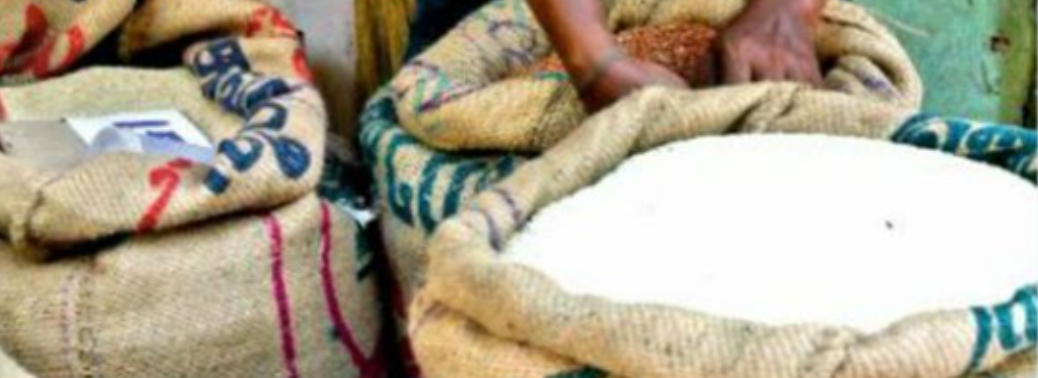ONE NATION, ONE RATION CARD SCHEME: A BOON FOR POOR MIGRANTS
22, Aug 2019

Prelims level : Governance- Policies, Schemes
Mains level : GS-II- Issues relating to poverty and hunger GS-II- Welfare schemes for vulnerable sections of the population by the Centre and States and the performance of these schemes; mechanisms, laws, institutions and Bodies constituted for the protection and betterment of these vulnerable sections.
- Context: Government has launched the pilot project for the inter-state portability of ration cards between Telangana and Andhra Pradesh, and between Maharashtra and Gujarat, as part of its ‘One Nation, One Ration Card’ scheme.
What is A Ration Card?
- A ration card is issued to the head of the family, depending on the number of members in a family and the financial status of the applicant.
- It is used by households to get essential food grains at subsidised prices from designated ration shops (also called fair price shops) under the Targeted Public Distribution System (TPDS).
- Over the years, different types of ration cards were issued depending on the level of deprivation. Later, in 2013, when the National Food Security Bill was passed, different ration cards were compressed to just two — priority and Antyodaya (for the poorest).
- The responsibility of identifying eligible families and issuing ration cards to them rests with the state/UT government.
What is a Ration Shop?
- Ration shops can be privately owned or owned by cooperative societies or by the government. Ownership licenses are issued by the concerned state government.
- Presently, commodities including wheat, sugar, rice and kerosene are being allocated as part of the TPDS. State governments have the discretion to provide additional commodities.
What is the ‘One Nation, One Ration Card’ Scheme?
- Since Ration Cards are issued by State Governments, this implied that beneficiaries could procure food grains only from the designated ration shops within the concerned state.
- If a beneficiary were to shift to another state, he/she would need to apply for a new ration card in the second state. There were other complications.
- For instance, after marriage, a woman needed to get her name removed from the ration card issued to her parents, and get it added to the ration card issued to her husband’s family.
- The ONORC scheme attempts to address this gap in TPDS delivery. Essentially, the scheme has been launched keeping in mind the internal migration of our country, since people keep moving to different states in search of better job opportunities and higher standards of living.
- As per Census 2011, 4.1 crore people were inter-state migrants and 1.4 crore people migrated (inter and intra-state) for employment.
- With the ONORC scheme being implemented in Telangana and Andhra Pradesh, the beneficiary can buy food grains from ration shops located in either of the states.
- The same is the case with Maharashtra and Gujarat. The government hopes to implement the scheme across India by June 1, 2020.






